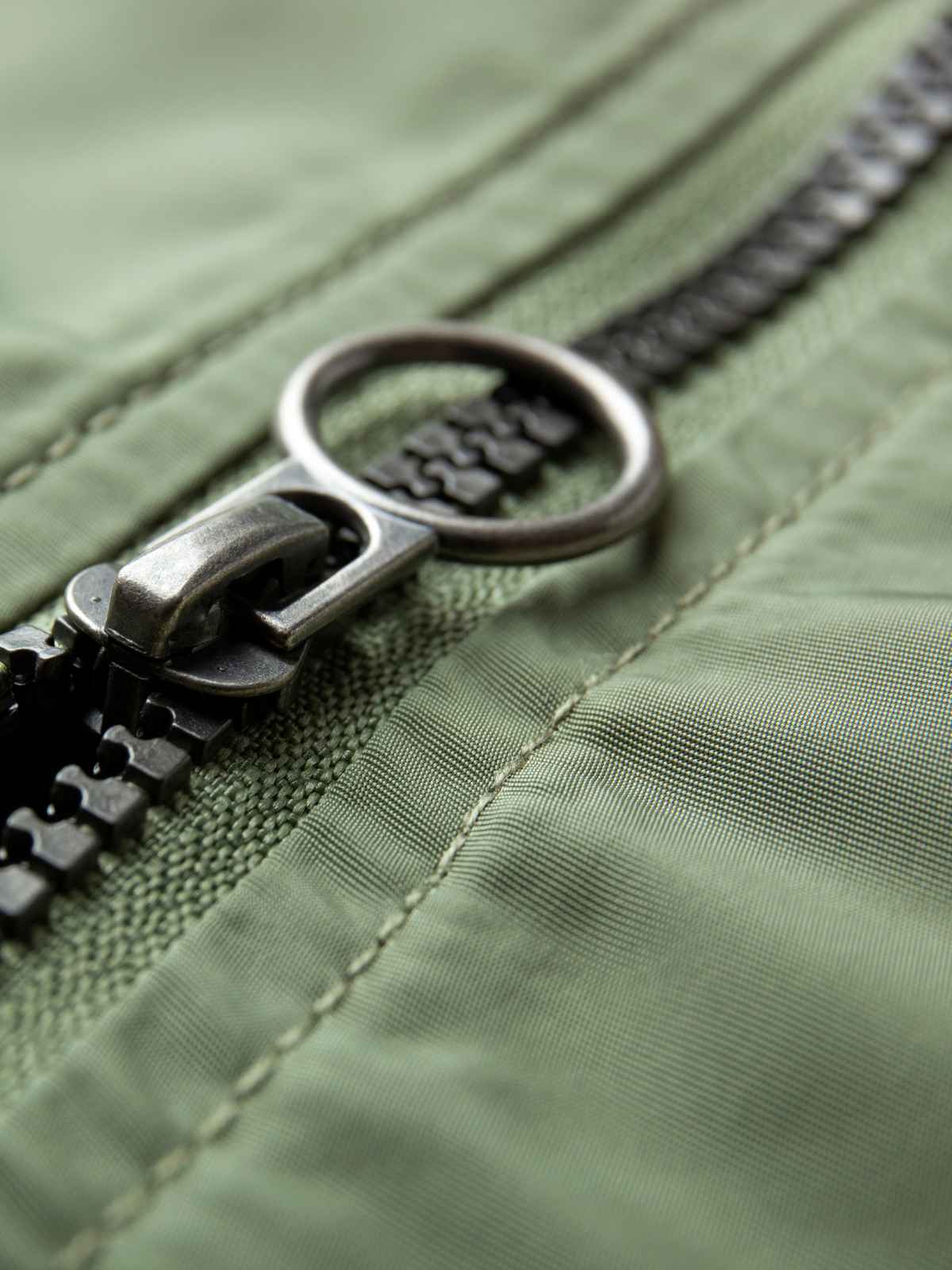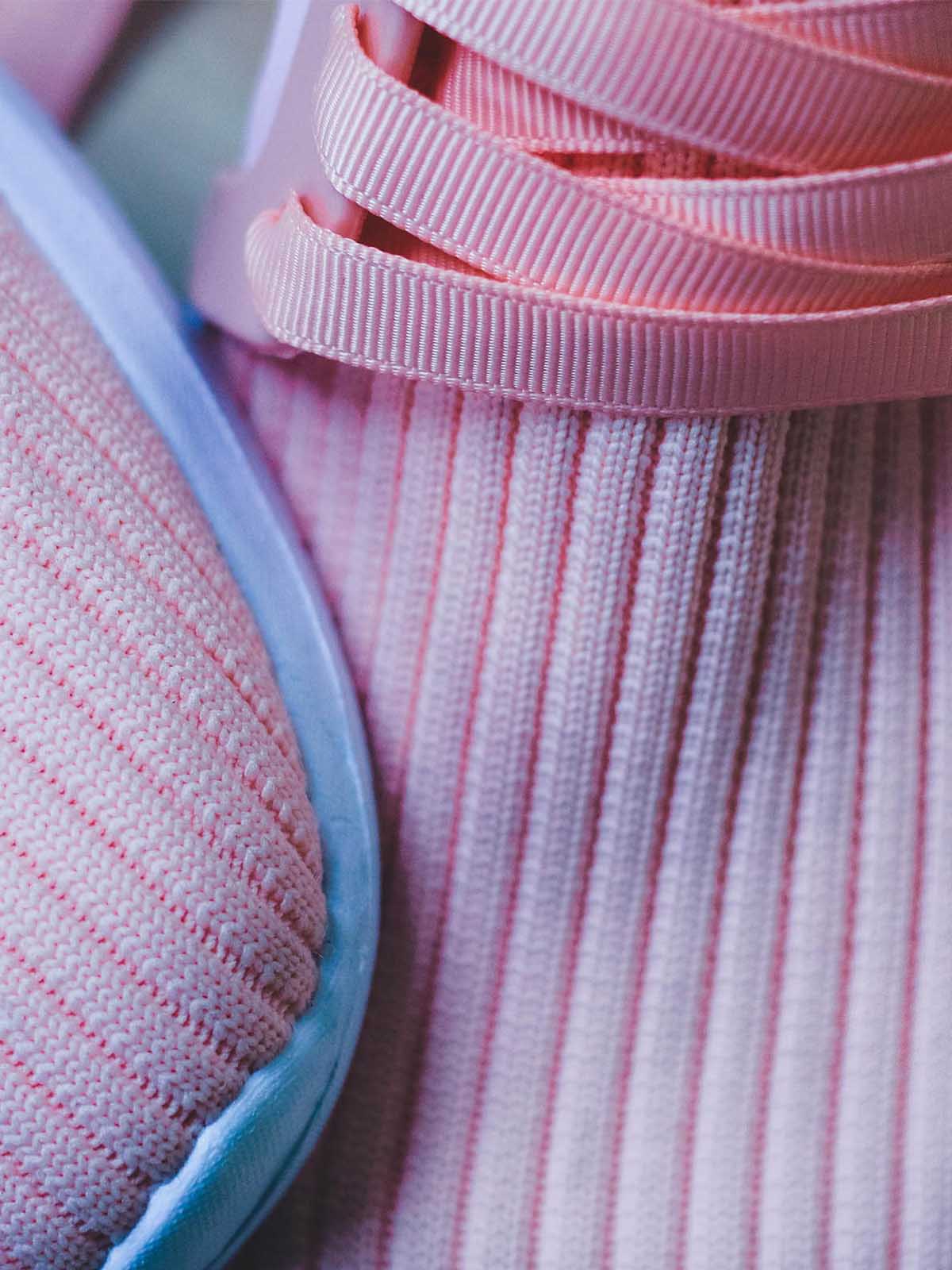Who doesn’t love glitter? Whether it’s on the craft table or the dancefloor, a little bit of shimmer can brighten up your day. But with increasing alarm about microplastic pollution and toxins, glitter may be losing its shine. So what’s the problem with glitter and what can we do about it?
A brief history of glitter
Humans have been making the world fabulous with glitter for many centuries. Ancient civilisations like the Romans and Greeks used the shiny mineral mica to bring some bling to their artworks. Psychologists have even suggested that there’s an evolutionary reason for our love of sparkle – that we’re attracted to things that resemble the surface of water.
In 1934, modern glitter was born when American machinist Henry Ruschmann found a way to produce the shiny particles on an industrial scale. After the Second World War, plastic became cheaper and more widespread, making it the go-to material for glitter. Since the 1970s – through the glam and disco eras, 90s pop, Mariah Carey, queer culture, and today’s stunning Instagram makeup makeovers – glitter has become a fashion staple.
Much of the glitter available for cosmetics, craft and clothing is made from sheets of thin plastic such as PET, coated in a shiny substance like aluminium and cut into millions of tiny pieces. While Henry Rushmann’s original glitter company Meadowbrook Inventions still produces glitter in the US, China is also a big source.
Microplastics pollution
PET plastic glitter cut into millions of tiny pieces, becomes a microplastic. That means everytime we rinse our glitter-laced clothes, wash our glitter adorned hair and face or let our glitter-encrusted accessories shed little pieces of sparkle, we could be contributing to microplastic pollution in our oceans.
We know microplastic pollution is a huge problem. It’s thought that over five trillion pieces of plastic have already made their way into our oceans. Once the microplastics get there they can harm sea creatures, who mistake them for food. There’s increasing concern that microplastics are getting into the human food chain and the smallest particles could even enter our bloodstreams.
This is the reason some scientists have called for and end to plastic glitter, and 61 UK music festivals have banned it from their venues.
The other thing about plastic, any plastic, is that it’s made from fossil fuels. Most plastic is a product of the oil and gas industry, which also burns fossil fuels for energy – the major source of greenhouse gases. In fact, because of the shale gas energy boom in the United States, plastic production is also booming.
To have any chance of reversing devastating climate change, we need to stop burning fossil fuels as soon as possible and that also means weaning ourselves off single-use plastic.
Is mica any better?
Mica is a natural mineral that also sparkles. It’s been used for centuries to add shimmer to materials and is commonly found in cosmetics and car paint, as well as in technology. Mica is mined from rock and can be found in many places around the world.
A series of investigations by the Guardian revealed that mica producers in India were using child labour on a massive scale. Up to 20,000 children are thought to work in mica mines in the states of Jharkand and Bihar, which produces up to 25% of the world’s supply. Beauty chain Lush recently announced it was moving to synthetic mica, because it couldn’t be sure the mica it was sourcing hadn’t been produced with child labour.
Is there an ethical alternative?
There may be a lot of problems with glitter. But don’t worry – you don’t have to give it up altogether to be ethical. There are a few companies making biodegradable, plastic-free, cruelty-free glitter so you can continue to sparkle and shine. Check these out:




















